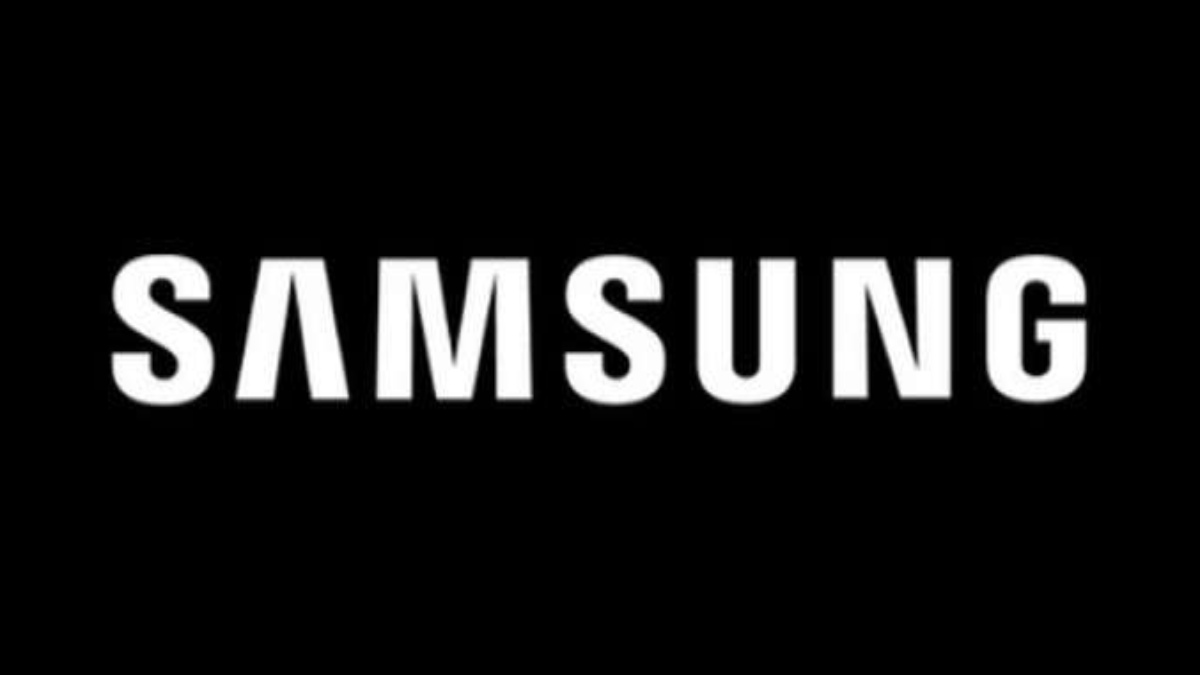China said it would “fight to the end” if the U.S. keeps raising tariffs. This statement came after US President Donald Trump threatened a 50% tax on Chinese goods. He said the new tariff would take effect if Beijing didn’t cancel its recent trade moves.
In response, China’s commerce ministry accused the U.S. of “blackmail.” It called Trump’s warning “a mistake on top of a mistake.” Officials stated, “China will fight to the end if the US side is bent on going down the wrong path.”
Markets Start to Rebound
Despite the tension, Asian markets began to recover on Tuesday. Just a day earlier, global stocks had dropped sharply. In fact, billionaire investor Bill Ackman, a Trump supporter, urged both countries to take a break from the trade fight.
Tariff Fight Heats Up
Earlier, Trump raised tariffs on several U.S. trading partners. Among them, he placed a 34% tax on goods from China, adding to a previous 20% tariff. In return, Beijing imposed a 34% tariff on all U.S. imports.
Then on Monday, Trump issued a fresh threat on Truth Social, “If China does not withdraw its 34% increase above their already long term trading abuses by tomorrow, April 8th, 2025, the United States will impose additional tariffs on China of 50%, effective April 9th. Additionally, all talks with China concerning their requested meetings with us will be terminated!”
Chinese Media Pushes Back
Following Trump’s comments, Chinese state media hit back hard. Xinhua published an editorial calling the move “naked extortion.” It added:
“Utterly absurd is the underlying logic of the United States: ‘I can hit you at my will, and you must not respond. Instead, you must surrender unconditionally’… This is not diplomacy. It is blunt coercion dressed up as policy.”
Meanwhile, China’s foreign ministry shared a 1987 video of U.S. President Ronald Reagan criticizing tariffs. According to Chinese outlet The Paper, that speech “has a new meaning in 2025.”
Experts See a Standoff
According to analyst Wen-ti Sung from the Atlantic Council, both sides refuse to back down. He described the situation as “a game of chicken.”
“Like two race cars driving directly toward each other, whoever swerves first will stand to lose prestige and profit,” he said. Furthermore, Sung said China wants to show that it can stand up to the U.S. and will not let Washington dominate global trade rules. He explained, “China is still waiting to get more assurance from Trump that if it accommodates Trump’s demand will it get China out of his crosshairs or whether it will only whet his appetite more.”
If things escalate, he said, China will likely match U.S. sanctions and keep negotiating at the same time.
Stock Markets Recover Slightly
After Trump spoke with Japanese Prime Minister Shigeru Ishiba, markets began to recover. Japan’s Nikkei Index rose 6%. China’s blue-chip index gained 0.7% after Monday’s 7% loss. Hong Kong’s Hang Seng rose 2%, bouncing back from its worst day since 1997. Meanwhile, U.S. stock futures also climbed after hitting a one-year low.
Other Countries Respond
Not only China, but other nations also hit back. The European Commission proposed a 25% tariff on U.S. goods like soybeans, nuts, and sausages. Still, the EU said it was open to a “zero for zero” deal.
At a press event, EU Trade Commissioner Maros Sefcovic said, “Sooner or later, we will sit at the negotiation table with the US and find a mutually acceptable compromise.”
Previously, the U.S. had already placed tariffs on European cars and metals. Starting Wednesday, a new 20% tariff will affect more items. Trump has even threatened taxes on European alcoholic drinks.
Taiwan Offers Talks Too
Meanwhile, Taiwan also responded to the tariffs. The island faces a 32% U.S. tariff and saw major losses in its markets. President Lai Ching-te proposed a deal with no tariffs, fewer trade limits, and more investment in the U.S.
Taiwan explained that its trade surplus comes from high U.S. demand for technology. Taiwanese firms supply major companies like Apple and Nvidia.




